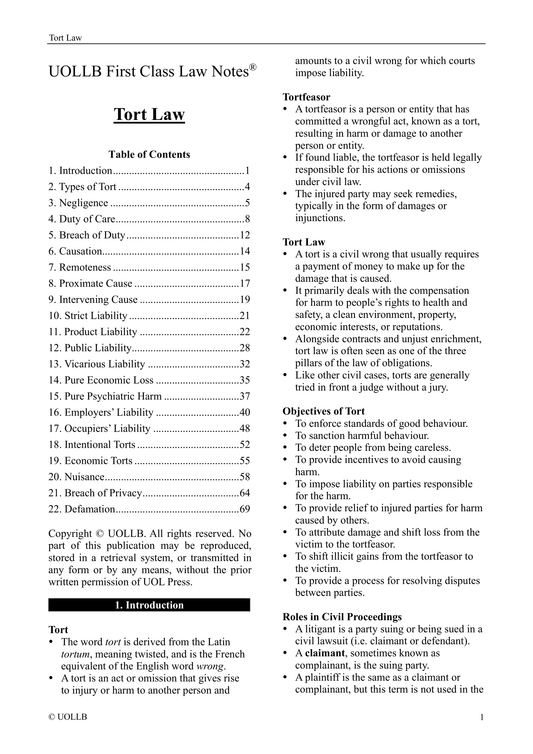Legal English Doesn't Have to Be Hard
Share
Legal English is a specialised variety of the English language used in legal writing. It is formal English which differs from the ordinary use in terms of vocabulary, morphology, syntax, and semantics. However, it does not have to be hard, and in fact it can be achieved quite easily if you stick with the following rules.
Rule 1: Write in Plain English
Avoid verbal clutter.
Use words sparingly.
Use ordinary language unless there is a need for special terms.
Rule 2: Omit Surplus Words
Avoid passive voice, e.g. A trial by jury was requested by the defendant.
Use active voice, e.g. The defendant requested a jury trial.
Rule 3: Avoid Compound Constructions
at the point in time (✓ then)
by means of (✓ by)
by reason of (✓ because of)
by virtue of (✓ be, under)
for the purpose of (✓ to)
for the reason that (✓ because)
Rule 4: Avoid Wordy Expressions
the fact that she had died (✓ her death)
despite the fact that (✓ although)
because of the fact that (✓ because)
he was aware of that fact (✓ he knew)
Rule 5: Focus on Actor, Action, and Object
Avoid expletive construction, e.g. It is possible for the court to modify the judgment.
Use the right subject to begin the sentence, e.g. The court can modify the judgment.
Rule 6: Avoid Redundant Legal Phrases
null and void (✓ void)
totally null and void (✓ void)
totally null and void and of no further force or effect (✓ void)
totally null and void and of no further force or effect whatsoever (✓ void)
Rule 7: Stay Concise
last will and testament (✓ will)
made and entered into (✓ made)
convey, transfer, and set over (✓ convey)
rest, residue, and remainder (✓ residue)
good and sufficient (✓ good)
suffer or permit (✓ permit)
true and correct (✓ true)
The goal of legal communication is to convey complex ideas clearly and accurately. These strategies and approaches help you navigate legal English with more confidence and ease.
Rule 1: Write in Plain English
Avoid verbal clutter.
Use words sparingly.
Use ordinary language unless there is a need for special terms.
Rule 2: Omit Surplus Words
Avoid passive voice, e.g. A trial by jury was requested by the defendant.
Use active voice, e.g. The defendant requested a jury trial.
Rule 3: Avoid Compound Constructions
at the point in time (✓ then)
by means of (✓ by)
by reason of (✓ because of)
by virtue of (✓ be, under)
for the purpose of (✓ to)
for the reason that (✓ because)
Rule 4: Avoid Wordy Expressions
the fact that she had died (✓ her death)
despite the fact that (✓ although)
because of the fact that (✓ because)
he was aware of that fact (✓ he knew)
Rule 5: Focus on Actor, Action, and Object
Avoid expletive construction, e.g. It is possible for the court to modify the judgment.
Use the right subject to begin the sentence, e.g. The court can modify the judgment.
Rule 6: Avoid Redundant Legal Phrases
null and void (✓ void)
totally null and void (✓ void)
totally null and void and of no further force or effect (✓ void)
totally null and void and of no further force or effect whatsoever (✓ void)
Rule 7: Stay Concise
last will and testament (✓ will)
made and entered into (✓ made)
convey, transfer, and set over (✓ convey)
rest, residue, and remainder (✓ residue)
good and sufficient (✓ good)
suffer or permit (✓ permit)
true and correct (✓ true)
The goal of legal communication is to convey complex ideas clearly and accurately. These strategies and approaches help you navigate legal English with more confidence and ease.




























































